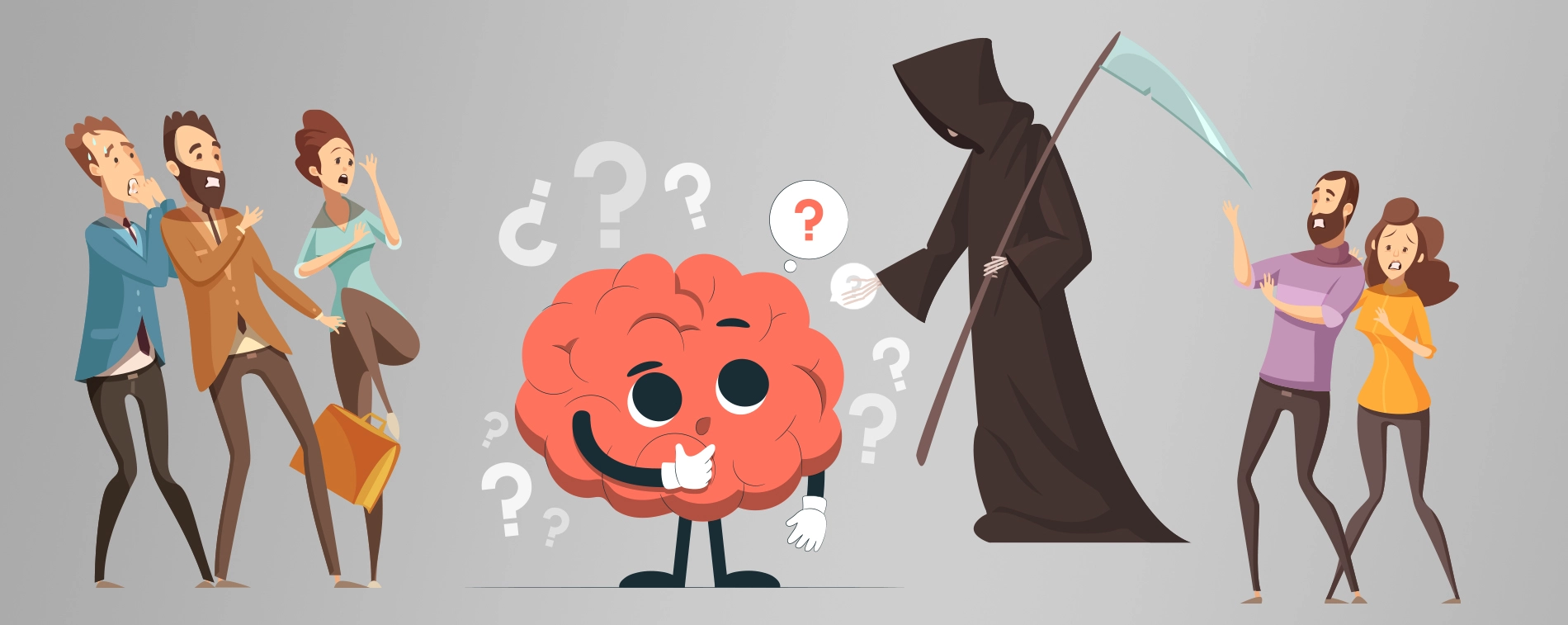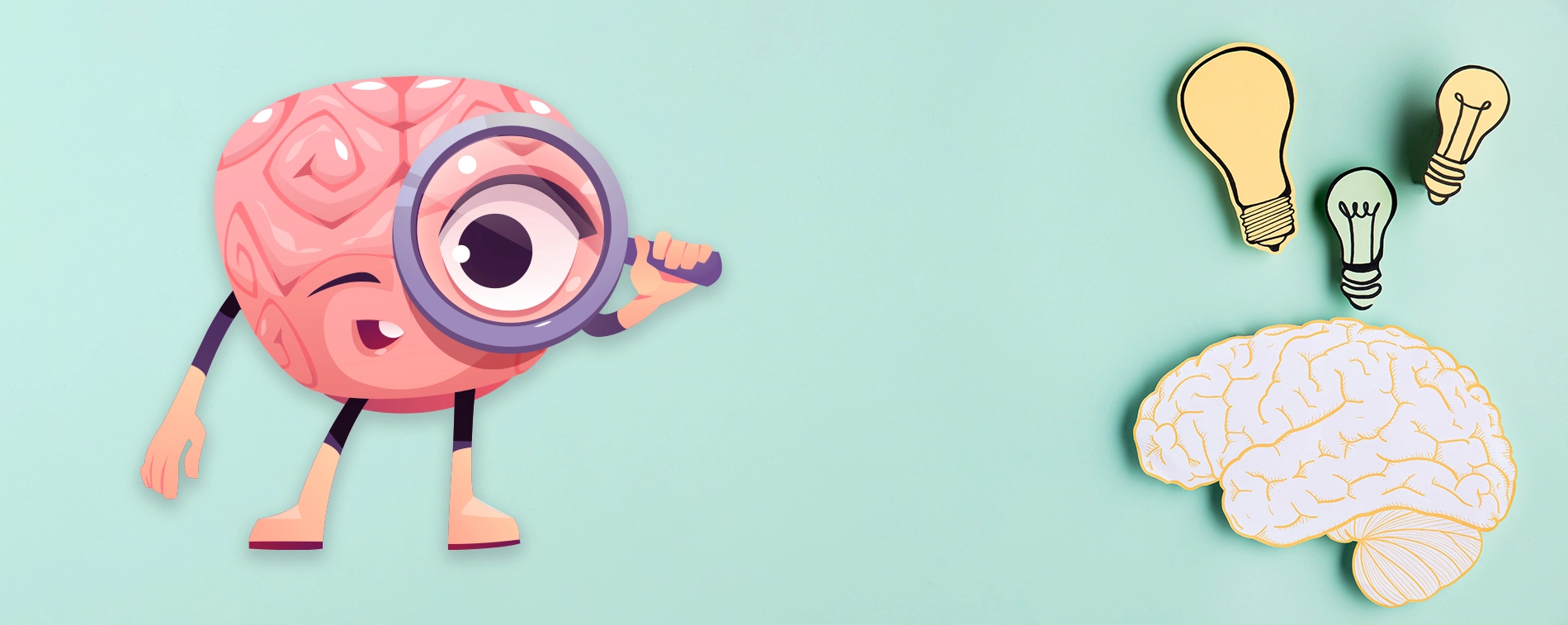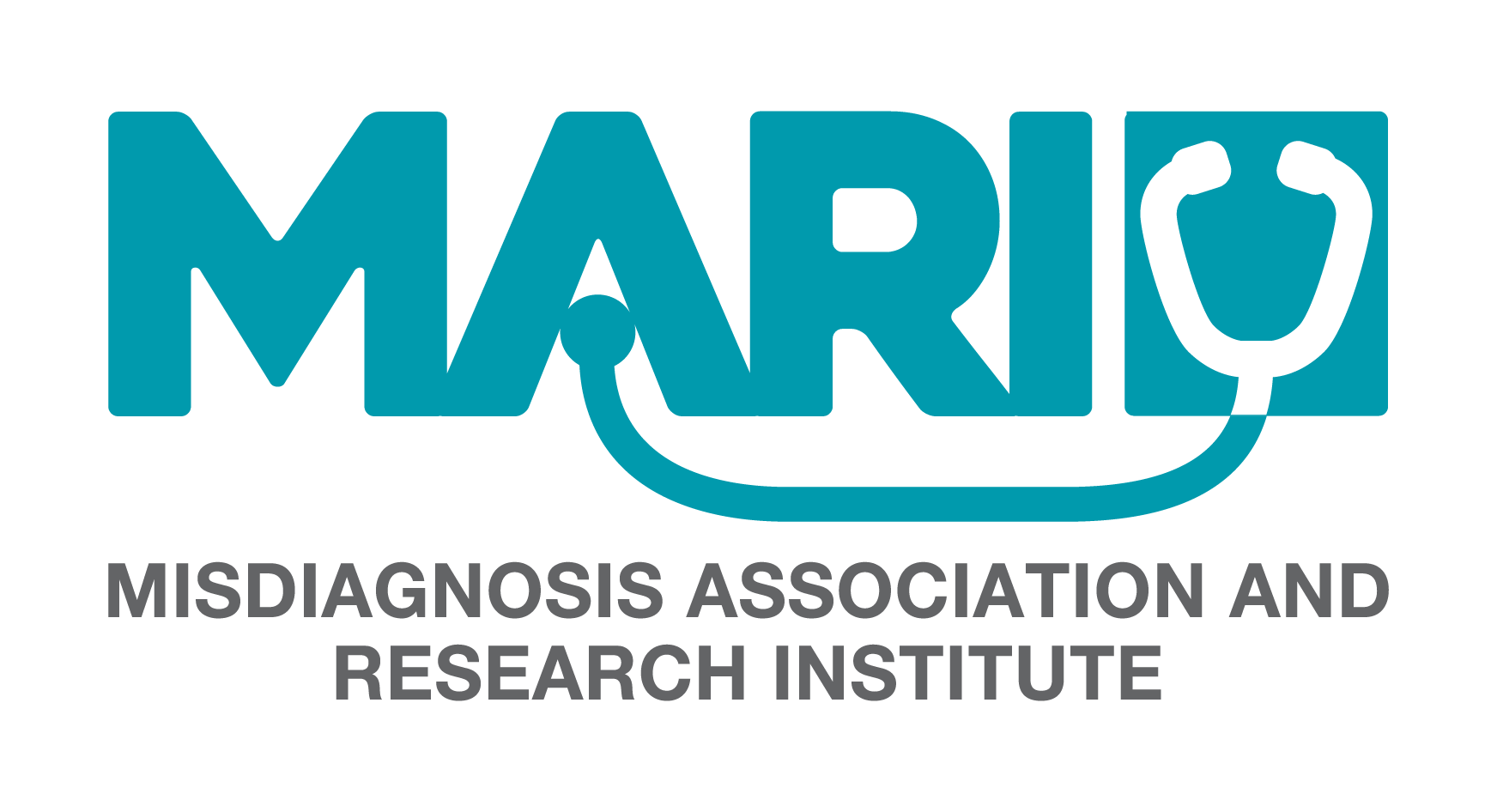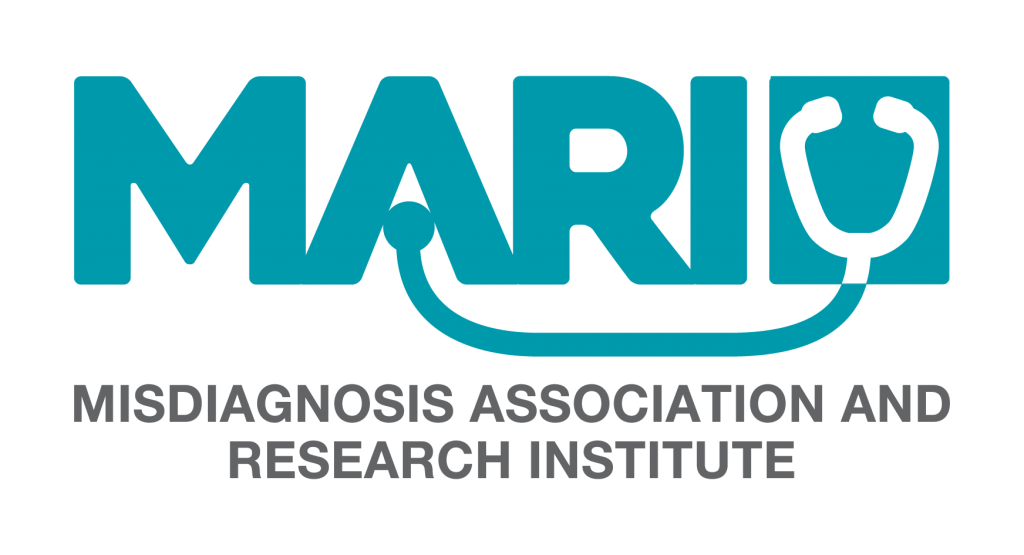Events and News

What is Apraxia?
Apraxia is one of the less common neurological disorders. Neurological disorders are several conditions regarding the impairment of the nerves and neurons within the central or peripheral nervous system. The nervous system consists of an extensive network of neurons or nerve fibers that starts from the brain and extends to every other body part. This network is tasked with sending and receiving electrical signals throughout the entire body. The sending and receiving control your movement, your automatic responses to the environment around you, and your thoughts.
Neurological disorders happen when some nerves within this vast network of nerves are impaired. According to the World Health Organization or WHO, some neurological disorders are epilepsy, Alzheimer’s disease, other dementias, cerebrovascular diseases including stroke, migraine, other headache disorders, multiple sclerosis, Parkinson’s disease, neuroinfectious, and brain tumors. Traumatic conditions of the nervous system that result from head trauma and neurological disorders resulting from malnutrition are also in this category.
Unfortunately, our main topic is not yet fully understood, but what is for sure is that in this neurological disorder, specific motor movements are either difficult or impossible to perform, even though the muscles are entirely healthy and normal.
Apraxia may happen in a few different forms, such as orofacial Apraxia, where the person cannot perform some specific muscular movements in their face voluntarily, like not being able to wink or lick their lips. Or in another form of this disorder, the person cannot move their legs and arms intentionally.
In other forms of Apraxia, such as AOS or Apraxia Of Speech, the person finds moving their mouth and tongue difficult or impossible to speak. At the same time, the muscles are fine and capable of expressing.
Types of Apraxia
Mainly, there are only two types of Apraxia; Acquired Apraxia and Childhood apraxia of speech (CAS). Although acquired Apraxia can happen to anyone, it is primarily found in adults. The disorders can cause them to lose their speech-making abilities, the abilities they once possessed and had no problems using them.
On the other hand, CAS or childhood apraxia of speech is a motor speech disorder present since the baby is born and causes impairments in the child’s ability to form sounds and words. However, most children with this speech disorder tend to improve significantly using the appropriate treatment, even if they don’t recover from it.
Apraxia and Aphasia
Aphasia is a communication disorder that makes using words difficult for the person and affects their ability to write, speak, and understand language. Aphasia happens when those parts of the brain that process language are injured. This condition is mainly seen in older adults and even more in those who have a stroke experience.

So, Apraxia may be confused with aphasia. Keep in mind that both Apraxia and aphasia can coincide as well.
Giving expressions using words is challenging in both conditions, but there are differences between aphasia and Apraxia.
In aphasia, speaking, writing, and reading might be problematic because the person it hard to understand the language. In contrast, someone with Apraxia understands the language but cannot form sounds into speech. They will have difficulty initiating and performing the required speaking movements, even though their muscles are entirely normal and healthy.
What causes this disorder?
Acquired Apraxia can result from damage caused to some specific areas of the brain responsible for making the person capable of speaking, like a brain tumor, stroke, or a trauma to the head.
Some scientists believe childhood apraxia of speech results from signaling problems between the brain and the muscles used for speaking. However, the leading cause of childhood apraxia is still not known. That is why research and study are being done on if it is brain abnormalities that cause childhood apraxia of speech and to identify them. Other research is also being conducted to see if there is a connection between childhood apraxia of speech and genetics or which areas of the brain are associated with Apraxia.
The signs and symptoms of Apraxia
In Apraxia, the symptoms are often speech-related, such as:
- Having a hard time connecting syllables in the correct order to make words or not being able to do so
- Difficulty with saying words that are complex or long
- Repeating the attempt to pronounce words
- Having inconsistencies in speech, like being capable of pronouncing a word or sound correctly at some times but not at other times
- Inflecting or putting stress incorrectly on some specific sounds or words
- using nonverbal forms of communication excessively
- Distorting vowel sounds
- Leaving out consonants at the beginning and ends of words
Additionally, it is rare for CAS or childhood apraxia of speech to occur alone and is usually followed by other cognitive or language conditions. Those other conditions may cause other issues such as; limiting the child’s vocabulary, grammatical problems, having a hard time with coordination and fine motor skills, and trouble with chewing and swallowing.

How is Apraxia diagnosed?
The process of diagnosing Apraxia is complicated. The difficulty is because different speech-language pathologists have other ideas about the symptoms that are indicators of Apraxia. Most of them look to see if they can find a few of the common symptoms of the condition by examining if the patient can repeat a single word multiple times or see if they can read through a whole list of words that are difficult to pronounce and read
A speech-language pathologist will be interacting with children with childhood apraxia of speech to evaluate which words, sounds, and syllables they can make and understand. They will also examine their mouth, tongue, and face to see if any structural problems might be what is mimicking the symptoms of Apraxia.
During apraxia diagnosis, symptoms will be reviewed to identify if the symptoms are caused by Apraxia or a condition that mimics Apraxia or accompanies Apraxia, such as aphasia. For example, the speech-language pathologist will be looking to see if there are any weaknesses or difficulties with language comprehension because they are both indicators of other conditions, and these symptoms are found, which means there is no apraxia.
People who may have acquired Apraxia will be asked to get an MRI of their brain so the doctor can see the extent and location of any brain damage.
The child must have gone through at least their second birthday to diagnose childhood apraxia. This is because most children before this time cannot understand or perform the required tasks to see if they have Apraxia.
How is Apraxia treated?
When the case is about acquired Apraxia, the condition is spontaneously resolving. However, when the issue is a CAS or childhood apraxia of speech, the situation does not fade away or disappear without treatment. Thankfully several treatment approaches are available for treating Apraxia. The effectiveness of each method may be different in each person, and that is why to make the treatment as successful as possible, it must be developed to meet that particular someone’s needs.
Most children with CAS can benefit significantly from one-on-one meetings with speech-language pathologists about three to five times per week. The goal of treatment for CAS is to improve speech coordination using exercises such as:
● Repeatedly practicing the formation and pronunciation of sounds and words
● Practicing stringing together sounds to make a speech
● Working with rhythms or melodies
● Using multisensory approaches, such as watching in a mirror while trying to form words or touching the face while talking
Also, several therapists believe sign language can be helpful to those children who have a hard time being understood. Sign language is why they often recommend sign language to be done along with saying the word to help them make the necessary movement with the muscles within their mouth.
Sign language can make significant changes in cases with more intense acquired Apraxia. Also, assistive electronic devices, like computers, may produce words and sentences.
Conclusion
Apraxia is an uncommon neurological disorder that affects motor speech skills in most cases. It is possible to have a form of Apraxia that affect movement in the face, legs, or arms. Still, most cases of Apraxia involve motor speech-related conditions like childhood apraxia of speech and acquired Apraxia. Those with Apraxia find it hard to make a speech and pronounce some words and sounds. However, using the proper treatment, Apraxia n can be cured. Acquired Apraxia may suddenly disappear, while childhood apraxia of speech does not get cured without medicine. Check out the rest of MARI’s content, especially our article on neurological disorders, where we briefly discussed a few other neurological diseases such as epilepsy.
resources:
https://www.webmd.com/brain/apraxia-symptoms-causes-tests-treatments
https://www.webmd.com/brain/aphasia-causes-symptoms-types-treatments
https://en.wikipedia.org/wiki/Motor_skill
https://www.who.int/news-room/questions-and-answers/item/mental-health-neurological-disorders
https://my.clevelandclinic.org/health/articles/21202-nervous-system


